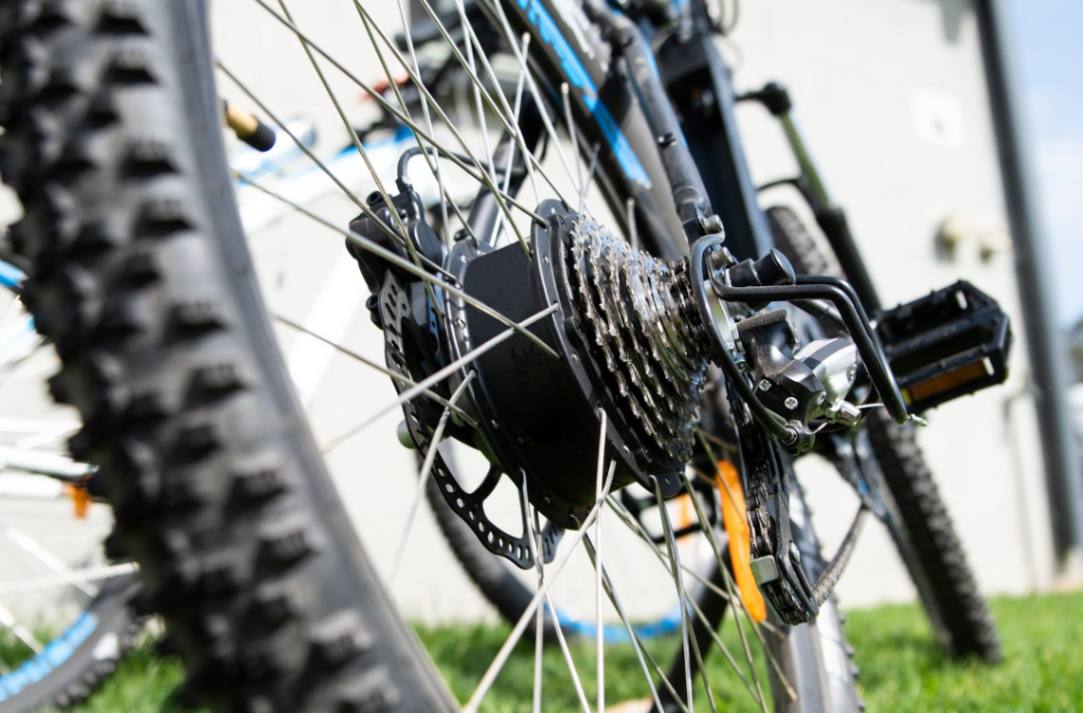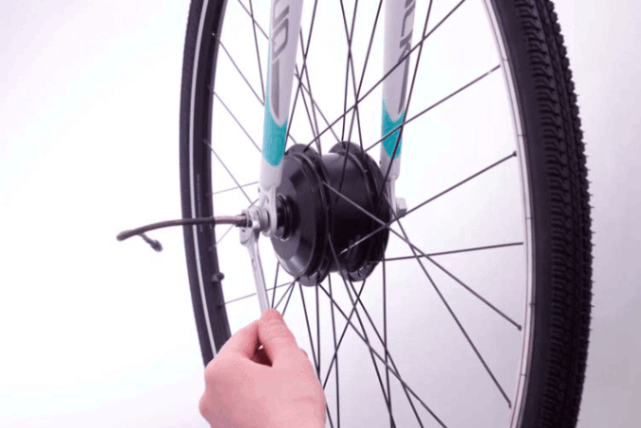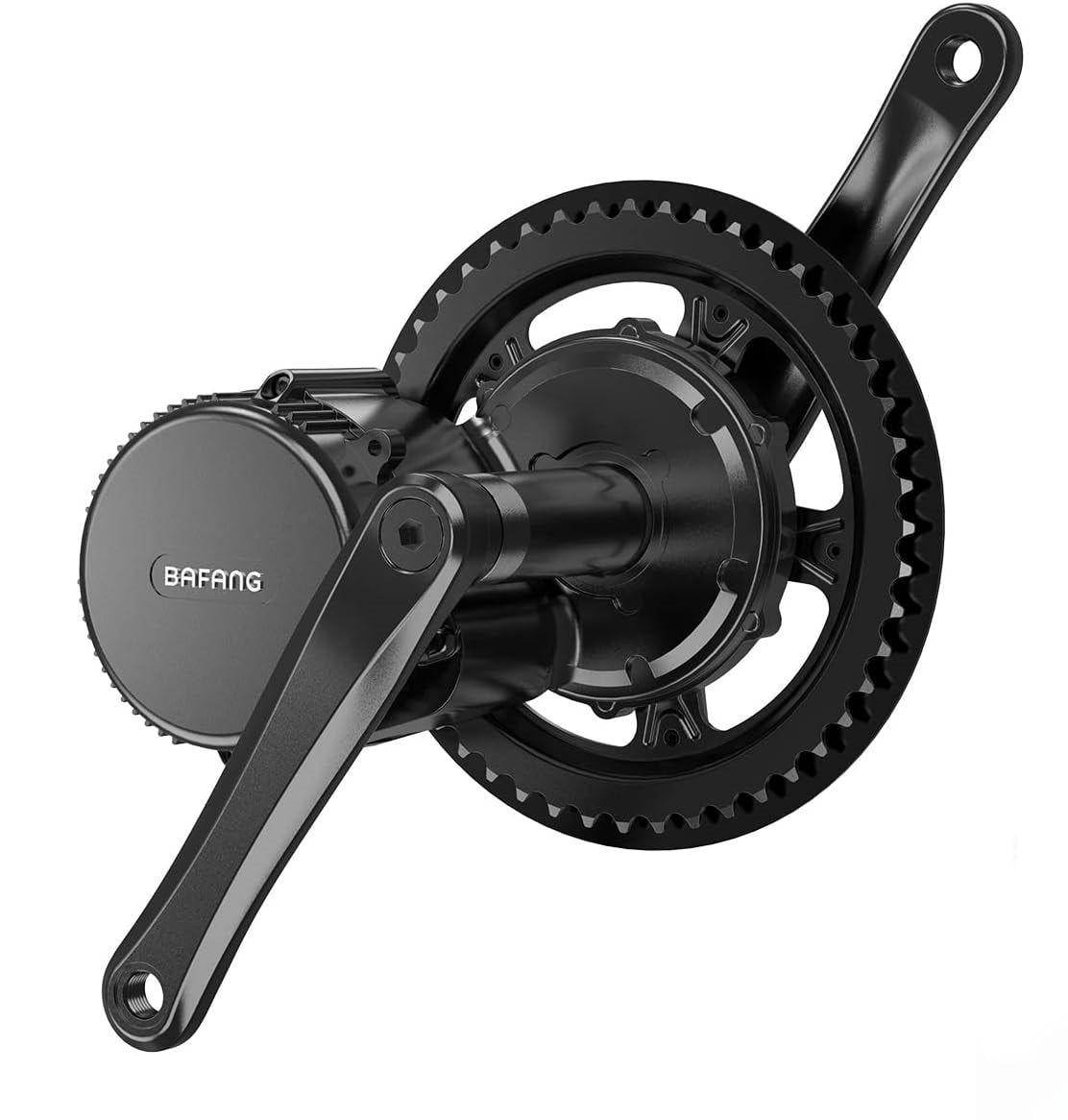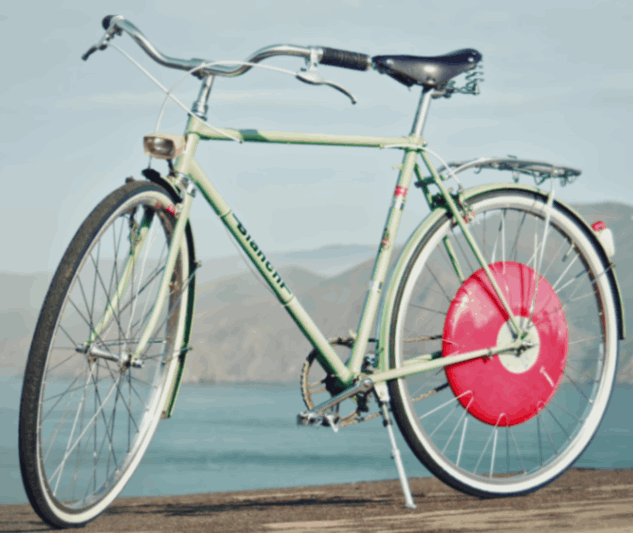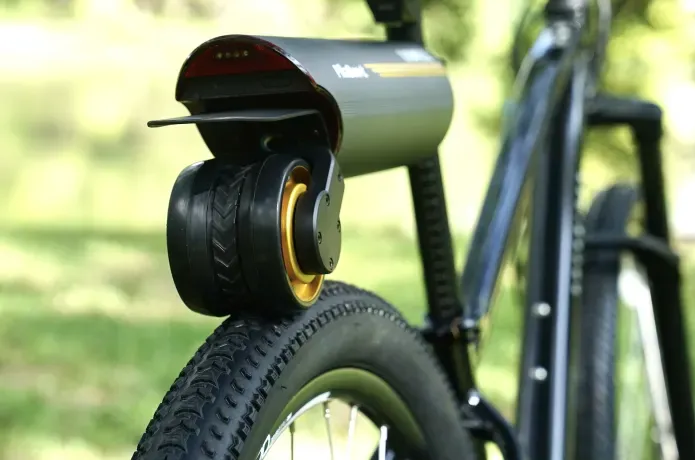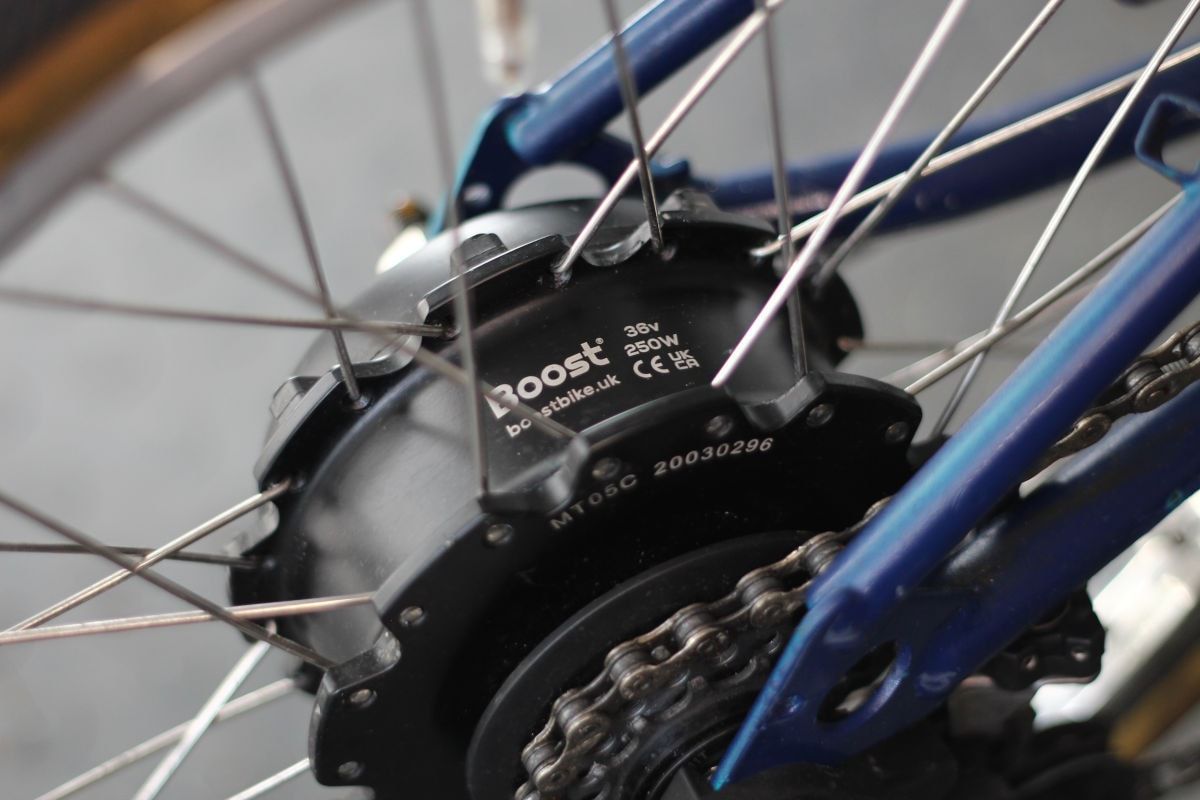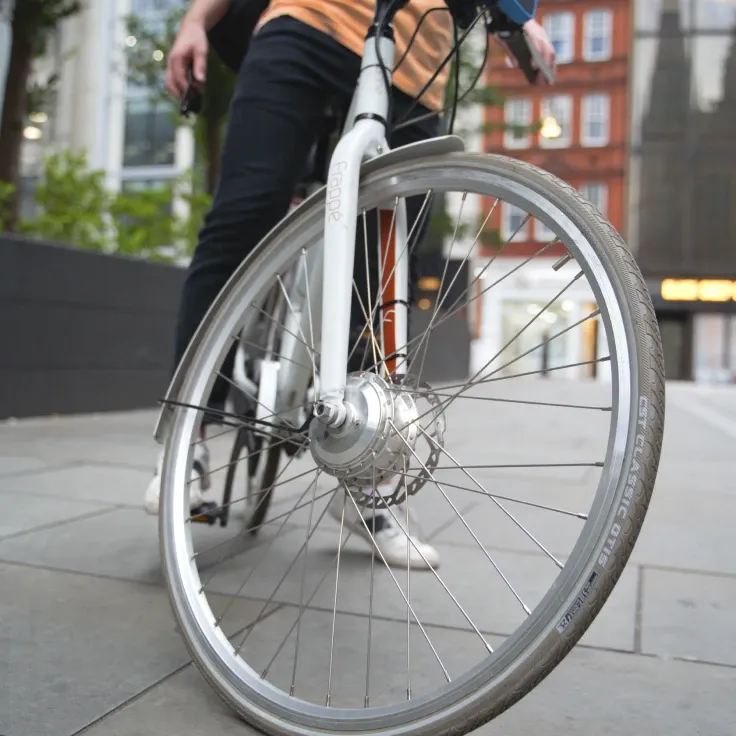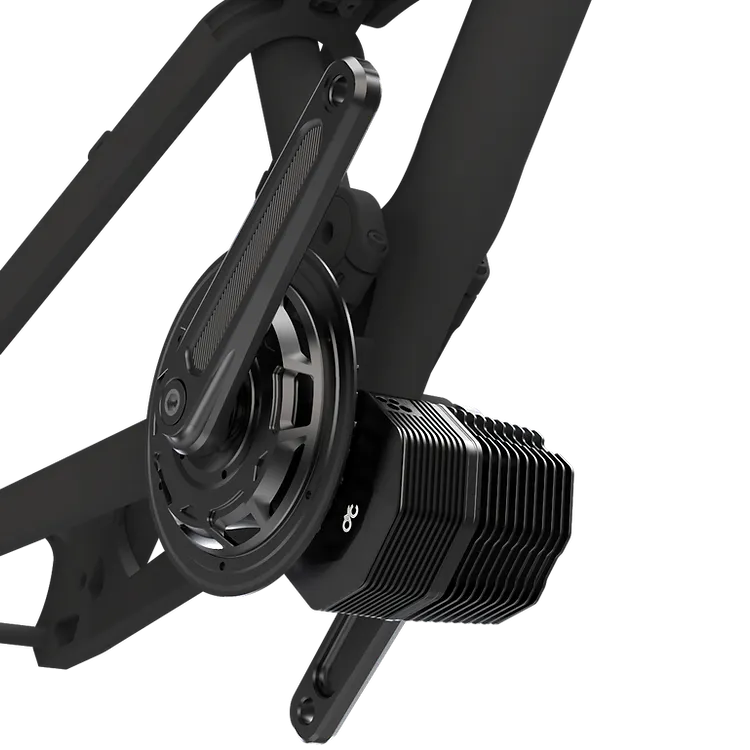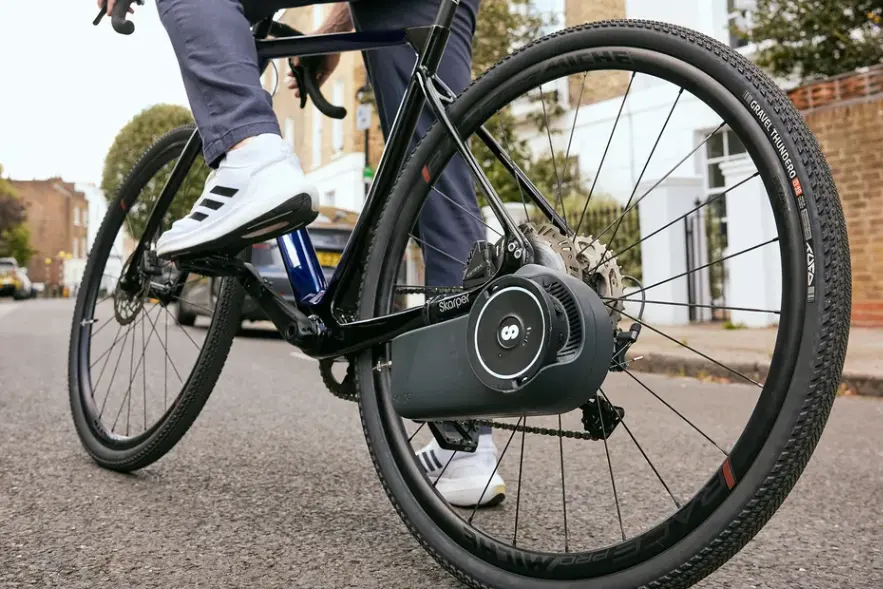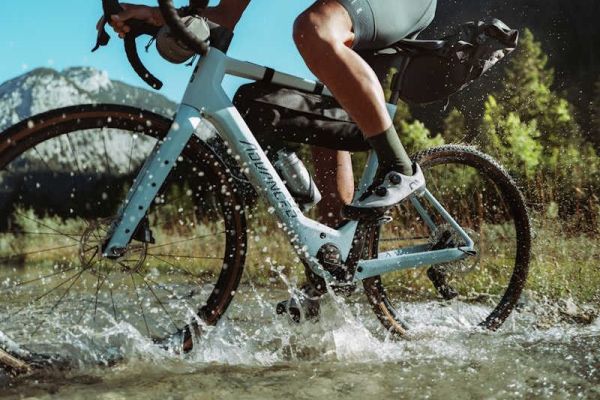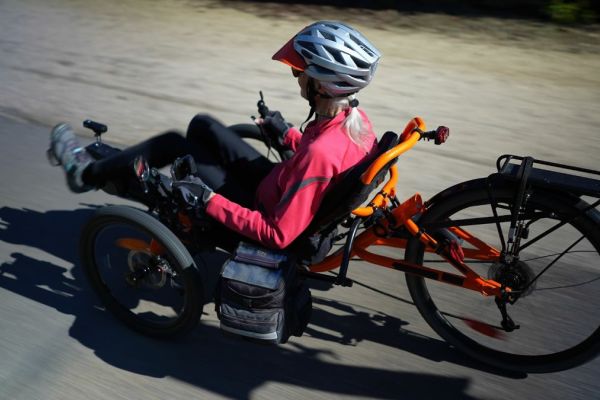Electric bike conversion kits: Upgrade your ride easily
Want to turn your regular bike into an electric one? A conversion kit for electric bike is your solution. In this guide, we’ll cover what you need to know — from the benefits of these kits to the installation process and the best kits on the market.
Key takeaways
-
Electric bike conversion kits allow you to transform a standard bike into an electric one, offering a cost-effective upgrade with improved performance.
-
These kits come in different types, such as hub motor, mid-drive, and all-in-one wheel kits, each catering to various rider preferences and needs.
-
When choosing a conversion kit, consider compatibility with your bike, power output for your riding style, and adherence to local laws to ensure a safe and efficient upgrade.
Table of contents
- Key Takeaways
- What is an electric bike conversion kit?
- Benefits of using electric bike conversion kits
- Types of electric bike conversion kits
- Key components of e-bike conversion kits
- Step-by-step guide to installing an electric bike conversion kit
- Choosing an electric bike conversion kit
- Maintenance tips for your converted electric bike
- Examples
- Frequently asked questions
- Summary
What is an electric bike conversion kit?
An electric bike conversion kit allows users to modify a standard bicycle by adding components that enable electric assistance, transforming it into an electric bike. These kits typically include a motor, battery, and control systems, significantly enhancing the bike’s performance and functionality.
Installing an electric bike conversion kit transforms your current bike into an efficient and powerful electric bike. This upgrade revitalises your old bike and offers a cost-effective alternative to buying a new electric bike.
Benefits of using electric bike conversion kits
Electric bike conversion kits are popular for their numerous advantages. They offer a cost-effective upgrade, enhance the overall cycling experience, and provide a high degree of customisation and versatility.
Here are the benefits in more detail.
Enhanced ride quality
Electric bike conversion kits can significantly improve the overall ride experience, making it easier to tackle hills and longer distances. With added power and speed, these kits enable riders to enjoy faster commutes and more efficient journeys, enhancing the cycling experience.
Mid-drive systems provide additional torque, allowing for smoother acceleration and easier climbing on hills. Overall, electric bike conversion kits enable users to cycle further and faster without breaking a sweat.
Cost-effective solution
Converting an existing bike with an electric kit is generally much cheaper than purchasing a brand-new electric bike, offering substantial savings. The base price of an electric bike conversion kit is much lower than that of new electric bikes, potentially saving hundreds to thousands of pounds.
Customisation and versatility
Electric bike conversion kits can be tailored to fit a wide variety of conventional bike models, allowing users to maintain their personal preferences for their own bike. These kits offer a range of customisation options, enabling riders to tailor their e bike conversion kit to their specific needs and riding styles.
Types of electric bike conversion kits
Electric bike conversion kits come in various models, each catering to different rider needs and preferences. Depending on the type, the electric motor can be located in the wheel hub or positioned between the pedals, affecting performance and handling.
It’s essential to choose a kit that aligns with your riding needs and local regulations.
Hub motor kits
Hub motor kits primarily come in the form of front wheel conversion kits and rear wheel conversion kits, each offering distinct advantages. Hub motors are much simpler to install than mid-drive motors, making them a popular choice for beginners. Front wheel kits are the easiest, with a minimum of parts to swap although rear wheel kits tend to feel more natural to ride.
When considering hub motor kits, it’s essential to evaluate both the installation ease and how well the kit works with your existing bike setup. Ensuring compatibility with your bike involves checking the type of brakes and the width and axle type of your frame.
If this sounds interesting, find out more in our guide to e-bike DIY front wheel conversions.
Mid drive kits
Mid-drive kits are designed for high performance, excelling in various conditions and offering enhanced climbing abilities on steep terrains. In these systems the motor sits at the bottom bracket (where the cranks and pedals rotate) and therefore drives the rear wheel through your bike's existing gears. The mechanical advantage that this offers lets you get the most out of the motor.
The design and performance of mid-drive kits make them suitable for both casual and demanding riders, particularly in off-road conditions. They provide better weight distribution and allow for higher efficiency, especially on steep terrains.
The downside is that mid drive kits are the hardest to fit. Depending on the kit it's generally no harder than replacing bottom bracket bearings on a conventional bike, but if that last sentence made no sense to you at all then take fitting costs into account.
All-in-one wheel kits
All-in-one wheel kits simplify the conversion process by integrating both the motor and battery into a single wheel assembly. These kits allow for quick installation by merely swapping out the standard wheel for the motorized version. They are often marketed for their user-friendly design, appealing to those looking for a hassle-free upgrade.
The downsides are that there's limited space inside the wheel hub for batteries, and the batteries aren't generally removeable which limits charging options. After a burst of popularity a few years ago, all-in-one kits have largely disappeared outside the slightly Wild West options of AliExpress and the outer reaches of Amazon.
Quick release kits
The final (and rarer) category is quick release kits - self-contained motor/battery units that you add to your bike rather than replacing any of the components. They'll either drive your bike wheel using a motorised roller on the rear tyre (eg Pikaboost) or through some kind of attachment at the hub (eg Skarper). As a result they'll fit most bikes.
There are definite advantages to being able to quickly change a bike between pedal assisted and conventional, although most of these systems are in their infancy commercially (and a number have already been and gone) so long-term support is something to think about.
They're also by necessity quite small, so don't expect huge range.
Key components of e-bike conversion kits
Electric bike conversion kits typically include a motor, battery, controller, and a new wheel that contains the motor. These kits allow the rider to choose how much electric assistance they want, providing flexibility and enhancing the cycling experience.
Motor
Hub motors are mounted within the wheel hub, providing a stealthy and low-maintenance option for e-bike conversion. They are ideal for beginners due to their straightforward installation and minimal upkeep.
Mid-drive motors provide better weight distribution and allow for higher efficiency, especially on steep terrains. These motors are integrated with the bike’s drivetrain, enhancing torque and hill climbing capabilities.
Remember that to be road legal in the UK, motors must not deliver more than 250W continuously. There are many kits available that exceed this but fitting them means that you're no longer riding a bicycle in the eyes of the law!
In the UK the pedal assistance must cut out at 25kph (15.5mph) so the conversion kit will need to know if you're pedalling. Usually this is by a cadence sensor attached to a crank arm although some mid-drive kits have built-in torque sensors instead.
Battery options
Electric bike conversion kits typically offer a range of battery options, with frame or rack mounted variants. As with all e-bikes, your choice of power pack is a trade-off between range and weight. The higher the capacity of your battery, the further you can ride but if you don't need huge range then look at a smaller, lighter battery.
Watch out for kits that don't include a battery pack and rely on you to source one separately, thus exposing you to a minefield of compatibility hurdles to overcome.
Controls and display
LCD displays are essential components in electric bike conversion kits, providing crucial information to the rider. These displays typically show speed, battery level, and assist level, helping to enhance the riding experience and allowing for customisation of pedal assist levels.
Step-by-step guide to installing an electric bike conversion kit
Installing an electric bike conversion kit involves several stages, including preparation, installation, and testing. Following the manufacturer’s installation manual closely ensures proper fitting and functionality.
Let’s walk through the process to ensure a smooth and successful conversion.
Pre-installation checklist
Before starting the installation, it’s crucial to ensure that the base bicycle is operational and in good condition. Having all tools and components ready before beginning the conversion process is essential for a smooth installation.
Installation process
Hub motor kits, such as front and rear options, differ in installation complexity and impact on bike performance. When installing, attention should be paid to organizing the wiring and connecting it properly to the bike’s controller to prevent damage.
Securing the battery in an accessible location is essential for ease of charging and to prevent movement during rides. Attaching a torque arm also stabilizes the motor and enhances safety.
Post-installation tips
Test the installation by taking your bike for a short ride and checking if the motor and battery are functioning properly. Ensure all components are securely attached and that nothing wobbles or feels loose during the ride.
Take the time to learn about your bike’s new features, such as the LCD display and control settings. Be aware that the increased speed and power will require adjustments in your braking, including the use of a disc brake, and turning techniques.
Choosing an electric bike conversion kit
When selecting an electric bike conversion kit, several factors need to be considered to ensure you choose the right one for your needs. These include compatibility with your bike, power output and range, and adhering to local laws and regulations.
Compatibility with your bike
Once upon a time bicycles were fairly standardised in terms of axle sizes and bottom bracket dimensions, but there are now a plethora of different standards. For wheel conversions, you'll need to check the dimension of the front hub or rear hub as appropriate. For mid-drive conversions, the critical dimension is the bottom bracket.
You also need to think about brakes if you're looking at wheel motors. While most new bikes now come with disc brakes, there are still plenty with rim brakes and of course lots of older ones out there. Make sure the wheel you're looking at is compatible with the brakes on your bike.
If you're in the market for a rear wheel motor, you'll need to make sure that the sprocket cassette or rear cogs will fit on the new rear wheel. There are several standards for these too.
Most conversion kits are available in a range of options to fit most bicycles, so the key is to get the right one for your bike. Suppliers know their product best so if you're not sure, ask!
Power output and range
Choosing the right power output is essential to meet your terrain and distance requirements. Hub motors are ideal for beginners due to their straightforward installation, while mid-drive motors offer better balance and performance on varied terrains.
While you'll find conversion kit motors with power up to 1000W or more, fitting one of those to a bike will make it non-road-legal in many countries. You're also asking a lot of stock bicycle components like brakes and transmission parts.
Local laws and regulations
Local laws and regulations play a significant role in determining which electric bike conversion kit is suitable for you. For example, in the UK, electric bikes must have a continuous motor output of no more than 250 watts and can assist up to 15.5 mph to be classified as legal.
Read more in our guide to UK e-bike law.
Maintenance tips for your converted electric bike
Regular maintenance ensures your converted electric bike remains in optimal condition. Conducting a test ride after installation confirms the motor and battery function as intended. Regularly checking the wiring and connections helps prevent issues during rides.
Keep the drivetrain components clean and lubricated to extend their lifespan and improve ride quality. Inspect the brakes frequently and replace pads as necessary, as proper braking is crucial for safety. Additionally, check tyre pressure regularly, as properly inflated tyres enhance efficiency and handling.
Learn more in our electric bike maintenance guide.
Examples
Rear wheel kit: Boost
The Boost kit uses a 36V, 250W rear hub motor, compatible with either disc or rim brakes. Boost offers the hub ready built into a wheel for you, just order the correct wheel size and you're good to go.
The standard Boost battery has 216Wh capacity, said to be good for 50km of range (on average - there are of course lots of variations of bike type, terrain, level of assistance and so on). The battery is a neat cylindrical unit that clips into a bottle cage style holder bolted to the frame using the almost universal bottle cage mounts.
Boost kits are available for a range of different frame widths and axle standards, so unless you have something really obscure there should be a kit to fit. There's also a specific kit for the popular Brompton folding bike.
Front wheel kit: Swytch
The Swytch e-bike conversion kit is designed for simplicity. To avoid compatibility issues with existing bike gears, Swytch uses a 250W front wheel motor - you just need to make sure the wheel size is correct.
Swytch offers several battery options. The compact Air battery weighs just 700g and mounts to the bars. It claims 20 miles of range from its 90Wh capacity. The same bar mount will accept the Max battery which is only slightly larger physically but has twice the capacity at 180Wh. If you need an even bigger battery, there's the frame-mounted Go battery offering capacities up to 370Wh.
Mid drive kit: CYC Photon
While there are many mid-drive kits on the market, the CYC Photon stands out for a few reasons. It's available to fit a host of bottom bracket sizes, will take a wide range of chainring sizes to tune your gearing to perfection, and it's available in a UK/EU specific 250W version. The Photon also uses in-built torque sensing to gauge your pedalling effort, giving a smoother response than the cadence sensors common to most conversion kits.
CYC has a range of frame-mounted batteries to suit your range needs and the space available on your bike.
Quick-release kit: Skarper
A number of quick-release motor kits have been launched that use a powered roller driving one of the bike's wheels. This has the virtue of simplicity and the ability to work with almost any bike, but it's not the most efficient way to get drive to the wheel.
Skarper's self-contained all-in-one system is different. You have to have a bike that uses disc brakes, but that's most modern bikes. Skarper's Disk Drive unit replaces the existing brake rotor on the back wheel and then the motor/battery unit itself just clips on.
Frequently Asked Questions
Will an e-bike conversion kit void my warranty?
Probably, although unless your bike is very new it's likely to be outside the warranty period anyway. It's very unlikely that a properly-fitted and compatible motor kit would damage the bike..
What type of bike can be converted using the conversion kits?
You can convert almost any bike using conversion kits, which makes it super flexible for your needs! Just check compatibility for the specific kit you have in mind.
What is the main benefit of converting a bike using the kits?
Converting your bike with a kit means you can ride further and faster with less effort. It's a great way to enjoy longer rides without getting worn out!
How can I store my e-bike battery properly?
To properly store your e-bike battery, keep it in a dry, temperature-controlled space and aim for a charge level of about 50-60%. This way, you'll help maintain its longevity and performance!
What are the benefits of integrated batteries?
Integrated batteries provide a clean aesthetic and improved weight balance, but keep in mind that replacement might be trickier due to their unique designs.
Summary
Electric bike conversion kits offer an affordable and customisable way to transform your conventional bike into an electric bike, enhancing your cycling experience. They provide improved ride quality, cost savings, and the flexibility to tailor your bike to your personal preferences.
Whether you choose a hub motor kit, mid-drive kit, or an all-in-one wheel kit, there’s an option that will suit your needs and budget. Upgrade your ride today and enjoy the convenience and performance of an electric bike without the hefty price tag of a new one.
Related content
Read more great content from ebike.help and become an electric bike expert today.

